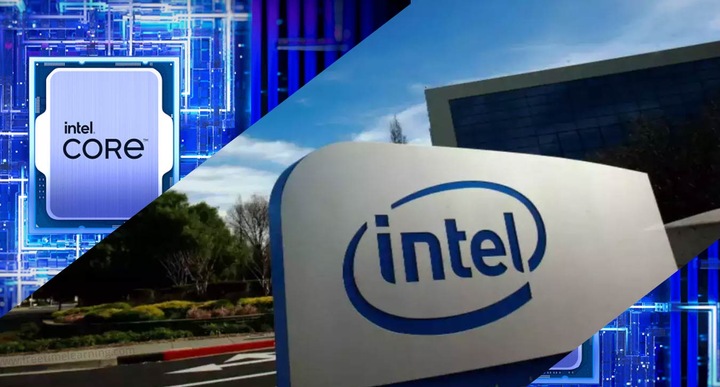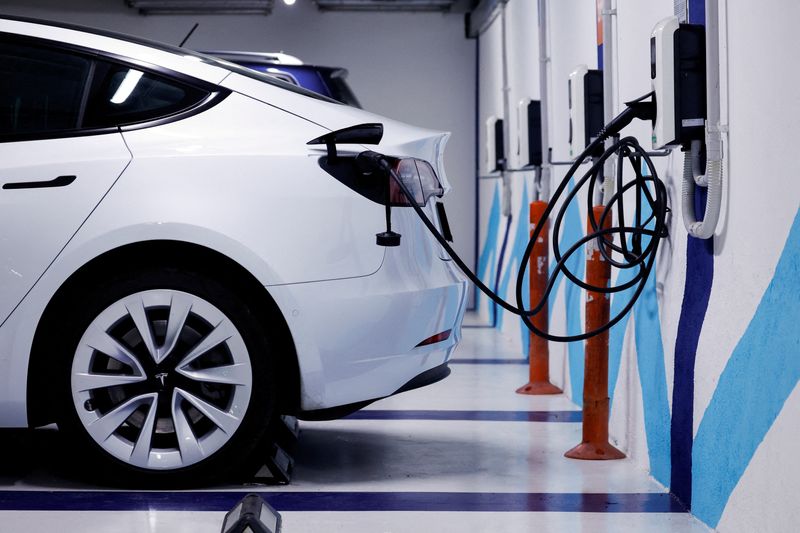Why are Facebook and Instagram ending news access in Canada?
Meta Platforms, the parent company of Facebook and Instagram, plans to block access to news content on its platforms for all users in Canada when a new law requiring internet giants to pay news publishers comes into effect.
The Canadian parliament passed “Bill C-18,” known as the Online News Act, which mandates platforms like Facebook and Google to negotiate commercial deals and compensate news publishers for their content. Both Meta and Google had previously warned that they would restrict access to news articles if the legislation was passed without amendments.

Facebook argues that news articles constitute less than 3% of the content on users’ feeds and claims that news has no economic value for the company since its users do not primarily rely on the platform for news consumption. They also highlight the benefits journalists receive from posting their work on the social media platform.
Google, on the other hand, contends that Canadian law is broader than similar laws in Australia and Europe, as it places a monetary value on news story links displayed in search results and can potentially apply to outlets that do not produce news.
Google proposed revisions to the bill, suggesting that payment should be based on the display of news content rather than links and that only businesses producing news and adhering to journalistic standards should be eligible for payments.
Also Read: Can the iPhone 16 be cheaper than the iPhone 15 Pro?
In Australia, both Google and Facebook initially threatened to limit their services when similar laws were enacted in 2021. However, they reached agreements with Australian media companies after amendments were made to the legislation. As a result, Meta and Google have been paying around A$200 million ($134 million) annually to Australian news outlets.
Lawmakers in Meta’s home state of California and the U.S. Congress are pushing for similar rules, as they see a need to empower news organizations to negotiate collectively with platforms like Google and Facebook.
Meta generates 40% of its revenue from the United States and considers Australia and Canada among its significant markets. If Meta fails to obtain exemptions or modify the rules in Canada, it could potentially face similar challenges in the United States.
In 2022, U.S. lawmakers introduced a revised version of a bill aimed at facilitating collective negotiations between news organizations and platforms. Additionally, the New Zealand government announced its intention to introduce a law requiring major online companies to compensate local media companies for the appearance of their news content on digital feeds.

I am a law graduate from NLU Lucknow. I have a flair for creative writing and hence in my free time work as a freelance content writer.





